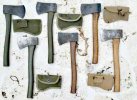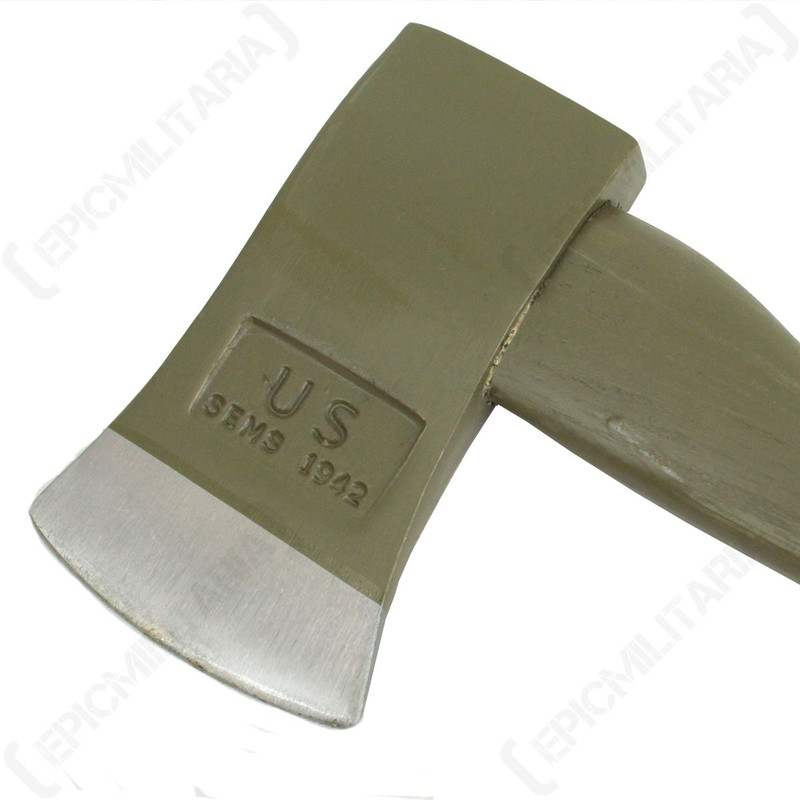Happily.
I have read much on the topic from archaeologists and historians as well as personally examined many antique tools over the course of my career and am well versed in telltale changes in construction methods and tooling marks that may roughly indicate the period of a piece through American history. As crbnSteelAddict mentioned, the typical attribution for heads marked with a U.S. stamp ONLY is for around WW1 providing the pattern is not out of place for the period, which this is not. WW2 saw a change in the required marking practice where the military then wanted the manufacturer's name also clearly marked to they could better identify any issues with the equipment, whereas prior they had wanted a U.S. stamp with no other markings. Prior to that no specific standards existed and axes and other similar such sundry tools were sourced by the branches of the military as needed and largely by means of individual contracts provided to suppliers according to provided instruction, commonly in the form of a supplied pattern, but others simply by description. Because of the methods of manufacture in those early periods it was generally pretty easy for the manufacturer to produce to suit, but it's very likely in many cases that they would simply have been asked for something like "single bit axes, head weight 3.5lbs, with hickory handles" without any other specification, and the manufacturer would just churn out what they felt best matched the description in a way they thought would please the purchaser while turning them a good profit. It wasn't until later that more standardization began to occur with regards to widespread contracts and sourcing in items that weren't part of a soldiers personal carried equipment.
The styling of that particular head and handle along with that marking are completely in line with other axes of the WW1 period from what can be seen in the photos. Without evidence that indicates it's from a different period, and without well-documented provenance, the most likely answer is that it's one of the many thousands of WW1 axes that were made by various makers still using what was a mostly hand-operated open die forging process.
If you have an interest in providing details like the head weight and dimensions and any other details that are any sort of counter-evidence, I'm all ears and eager to learn. But that information has been anything but forthcoming and I find that curious. If you have good reason to believe it's not an M1910 that should be fairly easy to disprove, I should imagine. All I have to go on so far is the few photos provided, and no further details, which is precisely why I asked for them. If you want a positive ID, that's kind of important, eh?









